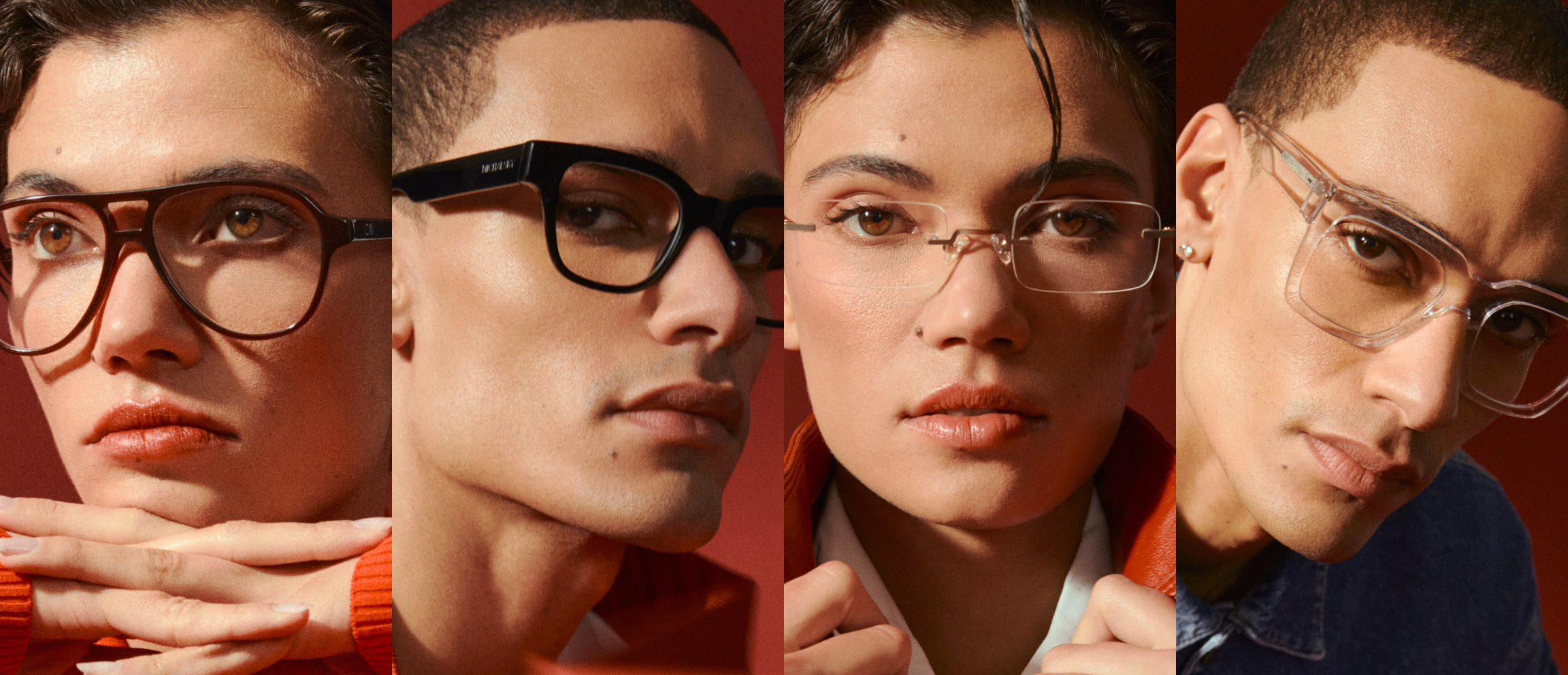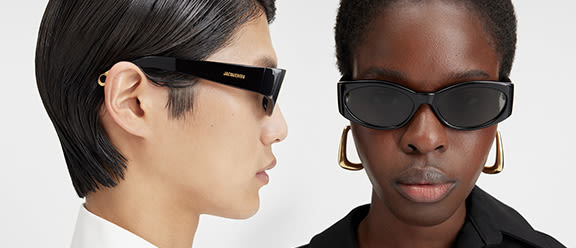
Glasses for driving
Stay safe on the road: choosing the right glasses for driving
Many drivers struggle with poor visibility in low light, rain, or the dark, as well as glare from bright sunlight or headlights. Glasses wearers are particularly affected by reflections, which can cause even more irritation. It’s no surprise that impaired vision is a significant factor in road accidents. So, it’s essential to understand what you need to consider when driving with glasses. Arrive safely and comfortably – with tailored driving glasses, long journeys can be safer and more enjoyable. Here’s what you need to know when choosing glasses for driving.
1. Keep a clear view with regular eye tests
Poor eyesight can pose a real safety risk when driving. Fortunately, ensuring your glasses are up to date can significantly reduce this risk. It’s simple and effective: make sure your prescription is current by regularly having an eye test with an optician or ophthalmologist. Your vision changes gradually, and it’s often hard to notice right away. It’s recommended that adults have their eyes tested every two years, and for those over 65, an annual check-up is ideal. If you’re experiencing any noticeable issues with your vision, it’s best to get an eye test as soon as possible. The fit and design of your glasses also matter. Your frames should be large enough to ensure a wide field of vision, allowing you to clearly see side mirrors, for instance. Opt for frames with larger lenses and thin rims, with temples positioned higher up, to give you a better peripheral view. Make sure they fit securely and comfortably to ensure optimal vision.
2. Which lenses are best for driving?
Your lenses should be specifically designed for driving. A high-quality anti-reflective coating is key as it reduces glare from lights and improves visibility, particularly in low-light conditions. We also recommend hard coatings and easy-to-clean finishes to protect your glasses from scratches and smudges. Anti-reflective lenses are essential Driving at night or in dim conditions can be challenging, particularly with the glare of oncoming headlights. Glasses without anti-reflective coatings can amplify this glare, making it harder to see. An anti-reflective coating minimises light reflection, offering you clearer, sharper vision. The higher the quality of the coating, the better your driving experience will be. Polarised lenses for extra protection Polarised lenses offer additional protection by filtering out the reflections from wet roads and water surfaces, which helps reduce glare. These lenses provide clearer, more contrasted vision, making it easier to spot oncoming traffic in good time. Tinted lenses for added comfort Certain lens tints, such as grey or brown, can improve your ability to detect brake lights, traffic signals, and other important visual cues on the road. Lenses with a gradient tint can also enhance your view of the dashboard while driving. Sharper contrast with blue light filter technology Blue light filter lenses aren’t just useful for screen use; they can also enhance contrast and reduce glare when driving at dusk or at night. They also help reduce eye strain during long drives, which can improve concentration and overall vision quality while driving. Important: Avoid red or blue tints for driving as they can reduce contrast. If your lenses are tinted, ensure the tint doesn’t exceed 25% for night driving, and 85% for daytime use.
3. Driving with varifocals: What to keep in mind
If you wear varifocals, driving is generally no different from driving with single-vision lenses. However, if you’re new to varifocals, there may be an adjustment period. This applies to driving too. Tip: Give yourself time to adjust to varifocals. If you’re still struggling, visit your optician to ensure the alignment of your lenses is correct. A common challenge is using mirrors. With varifocals, the wing mirrors fall within the near-vision area, meaning you may need to tilt your head slightly more when checking them. Similarly, finding the right focus point for the rear-view mirror can take a second longer than with single-vision glasses, so it may feel a bit odd at first.
4. Driving glasses – what to consider
Driving glasses are specially designed to meet the demands of road traffic. They must address key needs like minimising reflections, improving vision during changing light conditions, and offering sharp clarity when shifting focus between the road and mirrors. The lenses are typically wider than standard glasses to allow for a broader field of view, making it easier to spot objects in your peripheral vision, such as wing mirrors. This also helps you better judge distances and recognise contrasts more clearly. Good news – driving glasses aren’t just for the road! You can wear them daily, so there’s no need for a separate pair. Simply let your optician know you’ll be using your glasses for driving, and they’ll recommend the most suitable lenses and finishes. Driving glasses are available in both single-vision and varifocal options.







